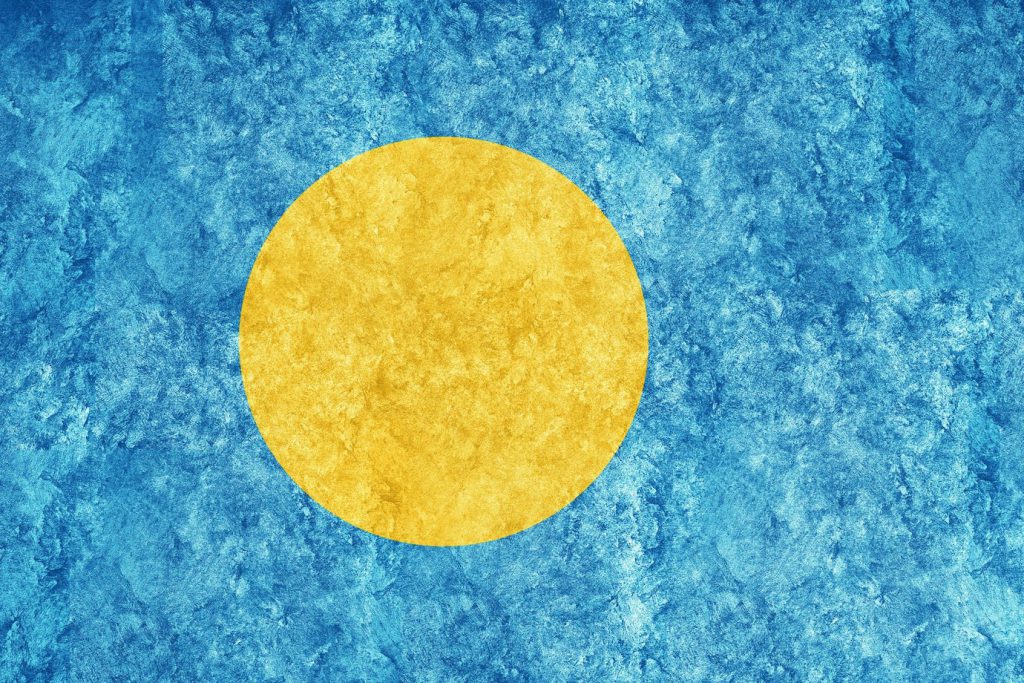Palau, aptly dubbed the “Pearl of the Pacific,” is an enchanting tropical haven ensconced in the western Pacific Ocean. With its unspoiled beaches, teeming marine biodiversity, and breathtaking natural beauty, it ranks among Micronesia’s most captivating travel destinations, featuring a constellation of approximately 340 idyllic islands. This thorough guide will bring you essential information, whether you’re thinking about moving to this island paradise or are just curious about the nuances of its cost of life.

A glimpse of Palau
It’s important to recognize the distinctive qualities that make Palau special before getting into the details of the cost of living. Palau offers a captivating canvas of island life, adorned with lush jungles, sparkling waters, and an abundance of marine creatures. Its tropical setting makes it a renowned hub for outdoor enthusiasts, providing opportunities for island exploration, scuba diving, and snorkeling adventures. Palauan customs and contemporary influences coexist peacefully in this picturesque environment, which offers a distinctive fusion of nature and culture.
Cost of accommodation
Palau offers a range of lodging choices, from affordable flats to opulent seaside resorts. In Palau, housing expenses can fluctuate depending on the amenities and location. A one-bedroom apartment can be rented for anywhere between $800 and $1,500 a month in Koror and between $600 and $1,000 outside of the city center. Budget-conscious short-term travelers may also choose guesthouses and hostels as less expensive lodging options.
Transportation expenses
Owning a car in Palau is a significant expense, with new car prices typically between $25,000 and $30,000, and imported vehicles often even pricier. Budgeting is crucial for maintenance, insurance, and gasoline costs. There are not many choices for public transit, and although taxis are an alternative, their long-term costs may exceed those of owning a car.
Dining out and grocery costs
The cost of dining in Palau offers a spectrum of options to suit various budgets. Dining at neighborhood cafes and eateries may range from $8 to $20 per person for lunch, while a three-course meal at mid-range restaurants can cost between $25 and $40. Those seeking budget-friendly options can savor street food or local market fare for approximately $5 to $10.
Due to Palau’s distant location and reliance on imports, grocery prices can be somewhat higher than average. A liter of milk may cost about $6, a dozen eggs about $5, and a loaf of bread about $4 on average. Local produce can be more reasonably priced, but imported commodities are typically more costly.
Education costs
Families must take the expense of schooling into account. There are private and state schools in Palau. While private schools can charge as much as $3,000 per year in tuition, some foreigners choose public schools, which offer free education. Depending on the school and region, higher education may need studying overseas, which entails additional tuition costs.
Recreation and amusement
There are lots of entertainment alternatives in Palau, especially for those who enjoy the great outdoors. Popular activities include exploring the beautiful woods, engaging in water sports, and diving and snorkeling to see the vibrant marine life. By discovering the island’s natural beauties, you can find affordable entertainment choices.
Healthcare costs
There aren’t many medical facilities in Palau, making access to healthcare difficult. Since some serious medical conditions may need to be treated overseas, it is recommended to obtain comprehensive health insurance that covers unforeseen medical costs and possible evacuations.
Financial aspects and exchange rates
Staying informed about financial matters is crucial, particularly if you have foreign currency savings or income due to fluctuating currency exchange rates. The US dollar is the unit of currency used in Palau (USD). Taxes, such as the Value Added Tax (VAT), which applies to a variety of goods and services, must also be taken into consideration.
You may also like these articles
